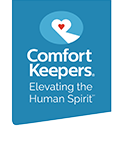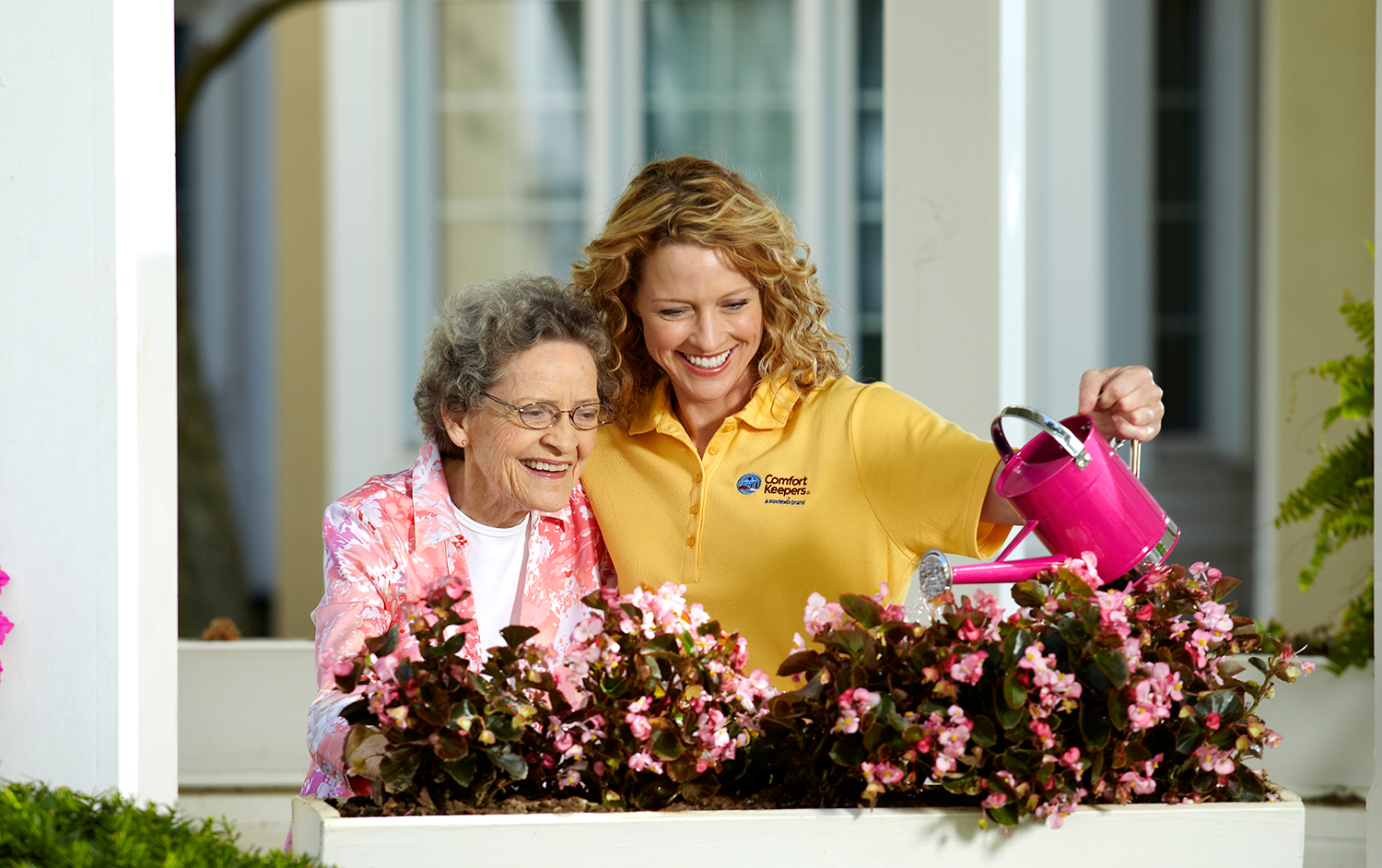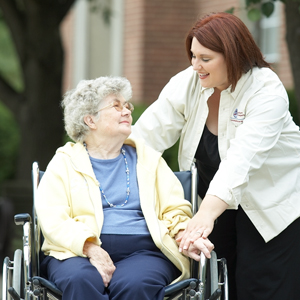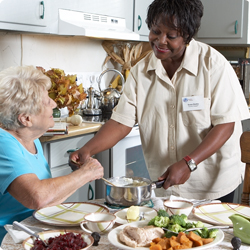Fire Safety for Older Adults and Their Caregivers
Blog | October 25, 2016
According to the Canadian Safety Council, older adults face fire risk factors which do not affect the young. Weaker physical (and sometimes mental) capabilities make it harder to identify and respond to a fire, and create a higher risk that a fire will start.
There are special precautions that older adults, their caregivers, and all Canadians can take to protect yourself and your home from fire. First, look at these statistics:
In 2013, older adults:
- Suffered 36 percent of all fire deaths
- Had a 2.5 times greater risk of dying in a fire than the total population
- Ages 85 and over were 3.6 times more likely to die in a fire than the total population
Escape Planning
Your risk of dying in a home fire increases as you get older. Knowing what to do if there is a fire can make a huge difference. For example, know two ways out of every room, and practice using both ways. Remove any items that may block your way out of the room or your home, and discuss your fire escape plan with family and neighbors. Contact your building manager or fire department to discuss your plan if you need extra help escaping, and practice your home fire escape drill twice a year. Also, be sure to keep lamp and light switches, eyeglasses, keys, hearing aids, and a phone within reach next to your bed, so you can grab and go. Practice unlocking and opening the windows, security gates, and doors. Keep stairways and exits clear of clutter and storage, and don’t store anything on fire escapes.
Install and Maintain Smoke Alarms
The chance of surviving a home fire almost doubles with the initial warning from a smoke alarm. Install smoke alarms on each level of your home and inside and outside of sleeping areas. Test them monthly and replace alkaline batteries at least once a year. Caregivers are encouraged to check the smoke alarms of those who are unable to do it themselves.
Heater Safety
Keep heaters at least 3 feet away from things that can burn. Heaters can cause fires if they are too close to furniture, beds, curtains, or other materials that can be ignited. Always turn space heaters off before you leave the home.
Preventing Electrical Fires
Use light bulbs with the appropriate wattage for the size of the light fixture, as a bulb with too many watts may lead to over-heating and fire. Give TVs, stereos, and computers plenty of clearance to prevent over-heating. To prevent overloading, never plug more than two appliances into an outlet at once or “piggyback” extra appliances on extension cords or wall outlets. Never use an appliance with a damaged or frayed electrical cord, protect all cords from damage, and don’t run cords under carpets or rugs or hang them from nails. Use extension cords for temporary use only. Replace unsafe electrical appliances, such as coffee makers and toaster ovens, and when purchasing an electrical appliance, be sure it has the Underwriters Laboratories (UL) Mark, which shows that the product has been safety tested.
Warning signs: Check that outlet and switch plates are in good condition. If the outlet or plate is hot to the touch, immediately unplug the cord and have a qualified electrician check your wiring. If an appliance develops a different smell, makes unusual sounds, or the cord feels warm to the touch, pull the plug and discontinue use. If the appliance continues to burn or smoke, call the Fire Department (911).
Cooking Fires
Never leave cooking food unattended. Heat cooking oils gradually and use extra caution when deep-frying. Long, loose sleeves are more likely to catch fire, so always wear short or tight-fitting sleeves. Turn pot handles inward toward back of stove to prevent accidental bumping of pan and causing a scald injury. Use oven mitts to protect hands and arms from burns. Cook at low to medium temperature settings.
In Case of Fire
Should a stove fire occur: Turn off the stove, use baking soda to extinguish the flame, and carefully slide the pan lid onto the pan. Remember: water will cause splashing and spread the fire. Do not attempt to pick up the pot or pan and carry it away from the stove.
If there is a fire in your home or apartment: Do not try to fight the fire yourself or stop to gather personal belongings. Get out by using your fire escape plan, and going to the closest or safest exit. If smoke is present, stay as low to the floor as possible and cover your mouth. Be sure to close the door on your way out, and use stairways to exit the building. DO NOT USE THE ELEVATOR. If you find yourself trapped, close all the doors between you and the fire, call 911, and tell the dispatcher where you are located.
If any part of you or your clothing catches fire: Cover your face with your hands, drop to the ground, and roll over and over. If physical limitations prevent you from taking these steps, try to smother the flames with a fire-resistant wool blanket or rug. Do not try to put out the fire with your hands.
Treating burns: Burns can be caused by direct contact with an open flame, hot liquids and grease, or from a hot surface. Treat with cool running water. Cover the burn with a sterile pad or clean sheet. Seek immediate medical attention to prevent burn inflammation and infections. Many burns may be deeper than they appear and require immediate medical attention. Remove clothing from affected area, but do not attempt to remove clothing that sticks.
Comfort Keepers® can help. In addition to quality in-home care, we can help with home safety assessments. We also offer several safety devices, specially designed with seniors in mind. Call your local Comfort Keepers office for more ways we can serve you or your loved one today!
Reference:
Federal Emergency Management Agency (FEMA).U.S. Fire Safety Administration. Web 2013.
Canadian Safety Council. “Home Fire Safety for Seniors – What Family Members Can Do.” Canadian Safety Council. Web, 2016.
Individualized Home Care Options
Long-Term Home Care, 24 Hour Home Care & Short Term Care Options Customized for You







